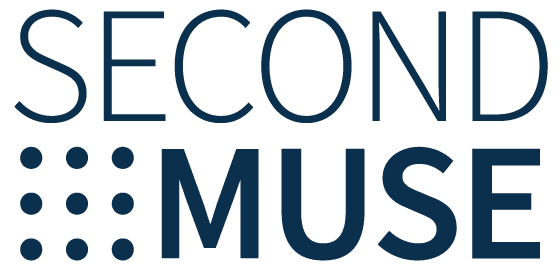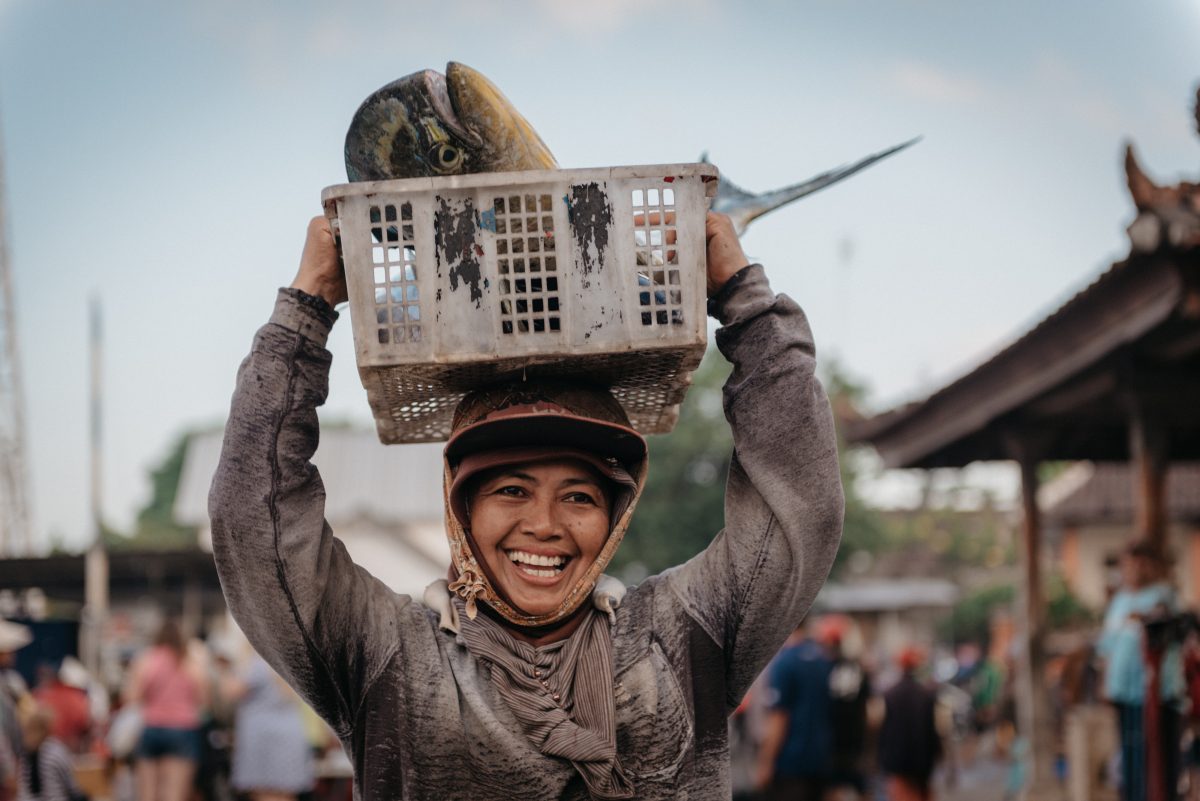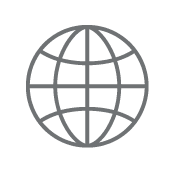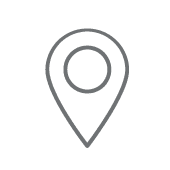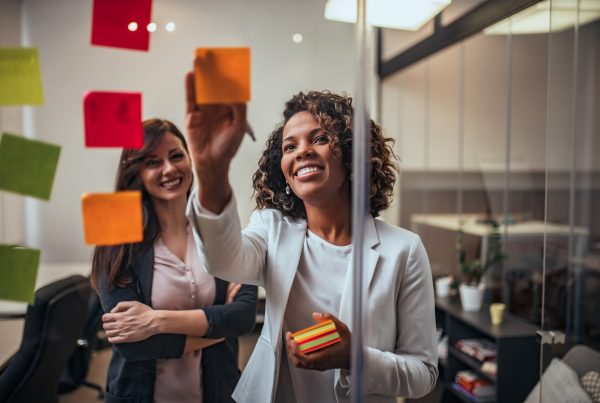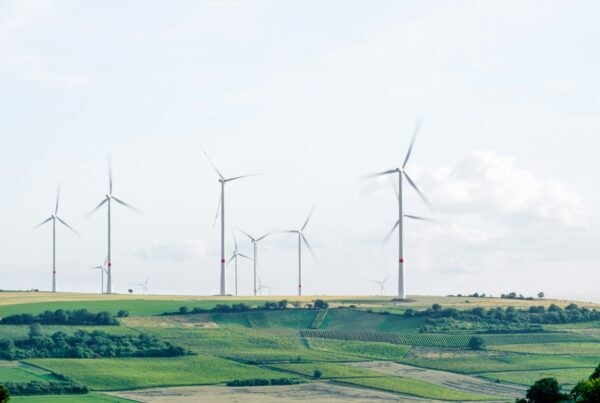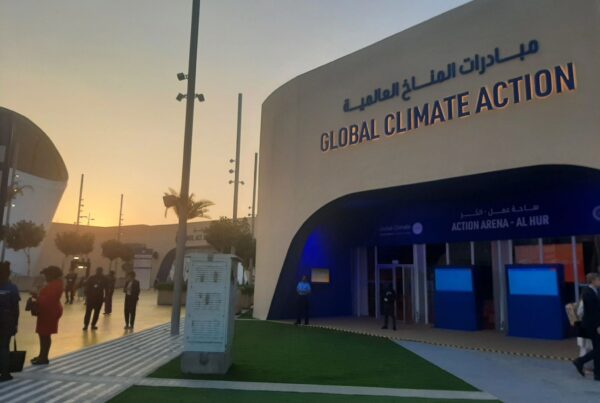The Seafood Innovation Project fostered relationships that promise to improve Indonesia's critical seafood sector for years to come
PROGRAM
THE SEAFOOD INNOVATION PROJECT
LOCATION
INDONESIA
“When I worked in business accelerators before, I felt the MO was that entrepreneurs must always be ‘on,’ and even talking about failures with others must be carefully crafted,” she says. “What was so beautiful about the first cohort is that a lot of entrepreneurs were comfortable speaking openly about their anxiety or insecurity.”COVID hit just as the first accelerator was getting started. The timing caused plenty of anxiety, and prompted the Headstream team to be intentional about addressing founder mental health and wellbeing.
“We took the mission of Headstream and turned it on ourselves,” she says. “If we had a meeting with someone and that person seemed distraught, we would not just push through the discomfort and talk about budget and marketing plans. We spent a lot of time on issues of confidence, insecurity, imposter syndrome.”
It was a natural shift to make, considering Headstream’s larger mission, which is ultimately about improving lives. The SecondMuse program, launched in 2018, is dedicated to improving the lives of every young person in the U.S. It is pursuing this goal by working to understand and shape the burgeoning economy around digital innovation and youth wellbeing.

